Could Neuralink Help Restore Vision?
Could Neuralink Help Restore Vision? Exploring the Future of Sight Restoration
Vision is one of the most precious gifts of the human experience. Watching a sunset paint the sky with vibrant hues, seeing the smile on a loved one’s face, or getting lost in the pages of a good book—these are moments many of us take for granted. Yet, for millions of people worldwide, these simple joys remain out of reach due to blindness or severe vision loss. Losing the ability to see can feel like losing a piece of yourself, but what if technology could bring that light back? Enter Neuralink, Elon Musk’s groundbreaking brain-computer interface (BCI) project. While it’s often celebrated for its potential to help paralyzed individuals regain movement, Neuralink’s ambitions stretch even further—possibly to restoring sight. Could this futuristic technology truly make the blind see again? Let’s dive into the science, the possibilities, and the hope it brings.
What Is Neuralink, and How Does It Work?
Before we explore its potential for vision restoration, let’s get a clear picture of what Neuralink is. Developed by xAI’s sister company, Neuralink is a neurotechnology initiative aimed at merging the human brain with artificial intelligence. At its core, it’s a brain-computer interface—a tiny device implanted in the skull that connects directly to the brain’s neurons using ultra-thin electrodes. These electrodes can both “read” brain signals and “write” new ones, essentially creating a two-way communication channel between the brain and external devices.
Imagine it like a bridge. On one side, you have the complex, mysterious workings of the human mind; on the other, the limitless possibilities of technology. Neuralink’s goal is to let these two worlds talk to each other seamlessly. So far, the company has made headlines with experiments—like enabling a monkey to play video games with its mind or helping a paralyzed person control a computer cursor. But restoring vision? That’s a whole new level of ambition.
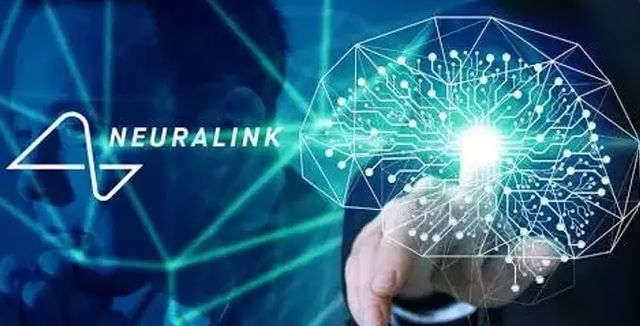
The Science of Sight: Why Vision Loss Happens
To understand how Neuralink might restore vision, we first need to know why people lose it. Vision begins when light enters the eye, hits the retina (a layer of light-sensitive cells at the back), and gets converted into electrical signals. These signals travel through the optic nerve to the brain’s visual cortex, where they’re interpreted as images. If any part of this chain breaks—whether it’s damage to the retina (like in macular degeneration or retinitis pigmentosa), the optic nerve (like in glaucoma), or the brain itself (due to stroke or injury)—vision can fade or disappear entirely.
Traditional treatments, like retinal implants or gene therapy, have shown promise but come with limitations. They often work only for specific conditions and can’t help those whose optic nerve or visual cortex is damaged. This is where Neuralink’s approach feels revolutionary: it doesn’t rely on fixing the eye itself. Instead, it aims to bypass the broken parts and deliver visual information straight to the brain.
How Could Neuralink Restore Vision?
So, how might Neuralink pull off this sci-fi-sounding feat? The idea is surprisingly straightforward yet mind-blowingly complex. By implanting electrodes in the visual cortex—the brain region responsible for processing what we see—Neuralink could, in theory, stimulate neurons directly with electrical signals that mimic visual input. Think of it as “writing” a picture into your brain, even if your eyes can’t see it.
Elon Musk himself hinted at this possibility in 2022, saying Neuralink could one day allow blind people to see by sending signals “directly to the visual cortex.” Early experiments back this up. In animal trials, Neuralink has shown it can stimulate specific brain areas with precision. In one famous example from the 1970s (long before Neuralink), scientists used similar techniques to create basic “phosphenes”—flashes of light or shapes—in the minds of blind volunteers. Neuralink takes this concept and supercharges it with modern tech, aiming to produce detailed, meaningful images rather than just random blobs of light.
Picture this: a tiny camera mounted on glasses captures the world around you. That footage gets processed into electrical signals, which Neuralink’s implant then feeds into your brain. Suddenly, a blind person might “see” their child’s face or navigate a room—all without their eyes doing the work. It’s not perfect vision as we know it, but it could be a game-changer.
What’s the Progress So Far?
As of March 2025, Neuralink is still in its early stages, but the progress is exciting. The company received FDA approval in 2023 to begin human trials, and initial tests have focused on patients with paralysis. In one remarkable case, a patient used Neuralink to control a computer cursor and type messages—proof that the tech can translate brain signals into action. Vision restoration hasn’t been tested in humans yet, but the groundwork is there.
Animal studies, like those with monkeys, have shown that Neuralink can stimulate brain activity with incredible accuracy. While no official updates specifically mention vision trials, Musk has repeatedly teased the idea, suggesting it’s on the horizon. Given Neuralink’s rapid pace—coupled with xAI’s mission to accelerate human scientific discovery—it’s not hard to imagine vision restoration becoming a reality within the next decade.
The Emotional Impact: What It Means to See Again
Beyond the tech, let’s talk about what this could mean for people. Imagine being blind for years—maybe your whole life—and then, one day, perceiving light, shapes, or even faces. It’s not just about practicality, like avoiding obstacles or reading signs. It’s about reclaiming moments: seeing your partner’s eyes, watching your kids grow, or simply marveling at a starry sky. For many, it could feel like waking up from a long, dark dream.
Of course, it’s not all rosy. The brain is a tricky thing—especially for those blind since birth, who’ve never “learned” to see. Would their minds know how to interpret these new signals? Experts say it might take time, training, and even therapy to adapt. Still, the possibility alone is enough to spark hope.
Challenges and Ethical Questions
Neuralink’s vision (pun intended) isn’t without hurdles. For one, implanting anything in the brain carries risks— infection, rejection, or unintended side effects. Then there’s the question of resolution: early versions might only produce blurry, pixelated images, far from natural sight. Cost is another issue—will this be affordable, or just a luxury for the wealthy? And ethically, should we be “hacking” the brain like this? Some worry about privacy (could someone hack your implant?) or inequality (what if only some can access it?).
Despite these concerns, the potential benefits are hard to ignore. For millions living in darkness, even a glimpse of light could be life-changing.
The Future of Neuralink and Vision Restoration
So, could Neuralink help restore vision? The short answer is: yes, it’s possible—and the longer answer is that we’re not there yet, but the path looks promising. With every breakthrough, Neuralink edges closer to turning science fiction into reality. It’s not about replacing human eyes but amplifying what’s possible when biology and technology team up.
For now, we wait—watching as Neuralink’s trials unfold and hoping for the day when someone, somewhere, opens their mind’s eye to a world they thought was lost forever. If you’re intrigued by this blend of neuroscience and innovation, keep an eye on Neuralink’s journey. The future of sight might be closer than we think.
What do you think—could this be the dawn of a new era for the blind? Let me know in the comments!
Share this content:

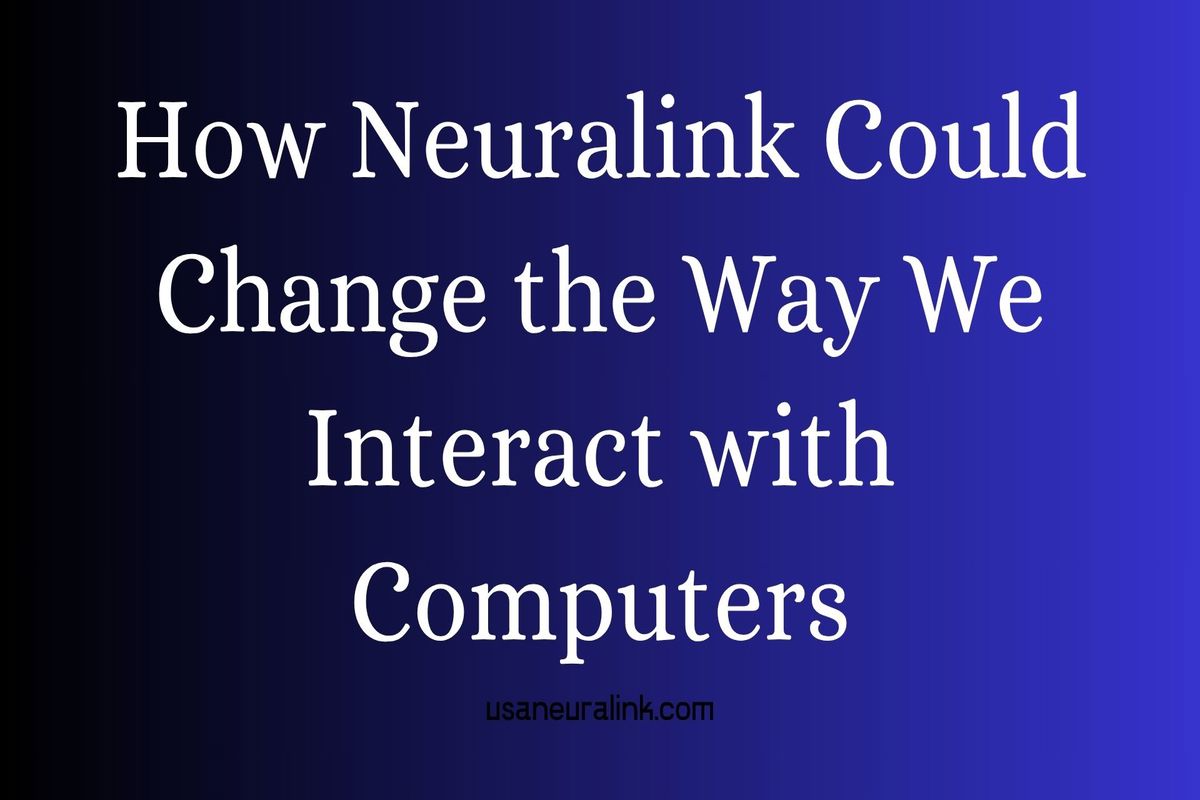




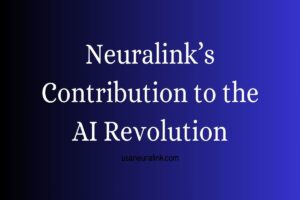
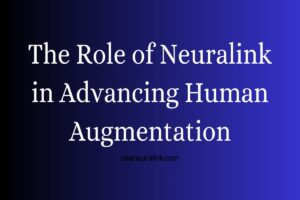

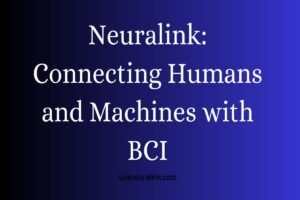












Post Comment